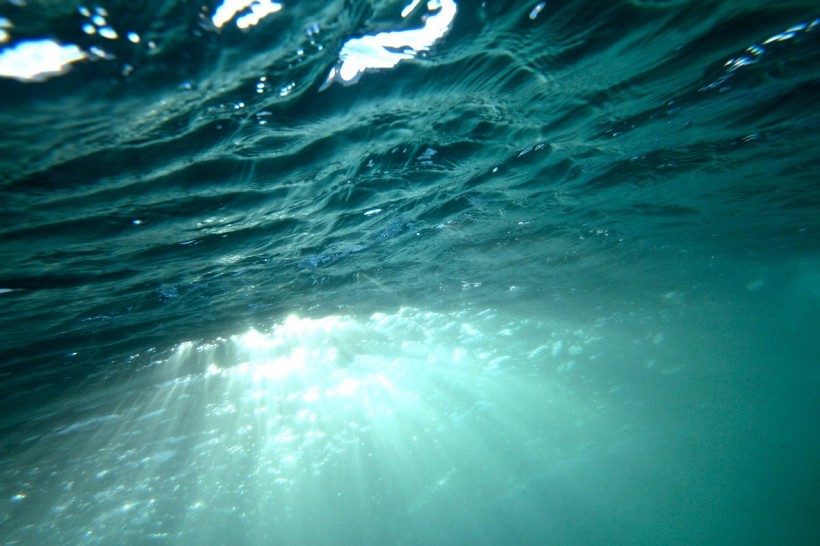In the quest to combat climate change, scientists armed with an extensive catalog of hundreds of thousands of DNA and RNA virus species found in the world's oceans are now focused.
Their goal is to identify viruses capable of enhancing carbon dioxide capture in seawater and preventing methane release from thawing Arctic soil. This pursuit aims to mitigate the effects of climate change in a world increasingly threatened by carbon emissions.

Oceanic Viruses: Potential Allies in Carbon Capture for Combating Climate Change
AI Analysis and Metabolism Mapping Unveils How Ocean Viruses 'Steal' Genes for Carbon Processing
Through the strategic combination of genomic sequencing data and advanced artificial intelligence analysis, scientists have successfully identified ocean-based viruses and scrutinized their genomes. The results have revealed a remarkable phenomenon: these viruses possess the ability to "steal" genes from other microbes or cells involved in carbon processing within the sea.
The meticulous mapping of microbial metabolism genes, particularly those related to underwater carbon metabolism, has uncovered 340 known metabolic pathways dispersed throughout the global oceans. Notably, 128 of these pathways were also identified within the genomes of ocean viruses.
Expressing astonishment at these findings, Matthew Sullivan, a professor of microbiology and the director of the Center of Microbiome Science at Ohio State University, highlighted the unexpectedly high number of metabolic pathways observed in the genomes of ocean viruses. The research team's ability to extract valuable insights from this extensive dataset was made possible by the advances in computational methods.
With this wealth of information in hand, the team is now focusing on determining the role of various viruses in carbon metabolism. Utilizing this knowledge, they have developed newly engineered community metabolic models, which aim to predict the outcomes of using viruses to enhance carbon capture in the ocean.
According to Sullivan, the modeling process revolves around understanding how viruses can influence microbial activity in the system, and it provides crucial insights into the viruses that target significant metabolic pathways.
The ultimate goal is to bolster the ocean's carbon sink, providing a buffer against climate change by preventing the release of carbon back into the atmosphere. Sullivan's team previously linked carbon sinking in the ocean to the presence of viruses in 2016, laying the groundwork for subsequent advancements in AI-driven analytics and the cultivation of specific viruses for ocean geoengineering purposes.
READ ALSO: Deep Sea Bacteria Releases Excess Carbon to the Oceans, Atmosphere
Engineering Microbiomes with Viruses for Human Health and Climate Innovation
Sullivan's lab is translating insights from oceanic studies to human applications, aiming to engineer microbiomes using viruses for various purposes. This includes spinal cord injury recovery, improving outcomes for infants born to mothers with HIV, and combating infections in burn wounds.
Additionally, initial efforts are underway to utilize phages as geoengineering tools in a distinct setting: the permafrost in northern Sweden. This represents an innovative approach to address climate change in regions where frozen soil is thawing.
Sullivan shared these research findings at the annual meeting of the American Association for the Advancement of Science in Denver, presenting a talk titled "From Ecosystems Biology to Managing Microbiomes with Viruses" during the session titled "Microbiome-Targeted Ecosystem Management: Small Players, Big Roles."
RELATED ARTICLE: Carbon Capture: A Potential Weapon to Combat Climate Change
Check out more news and information on Climate Change in Science Times.














